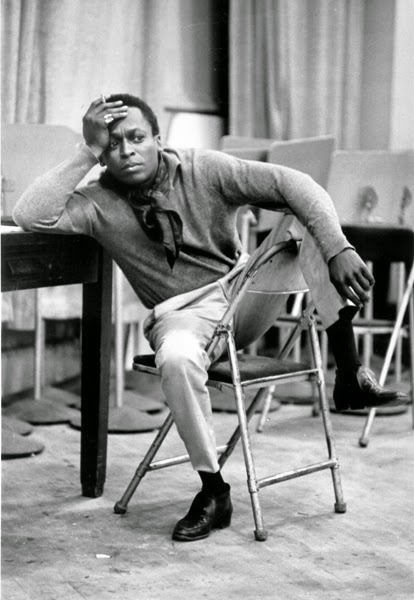


Sorcerer is a good album, definitely, and the amazing “Prince of Darkness” starts the record off on a very high note, its melodic swing, to my ears, an even greater achievement than most of the other songs the quintet recorded during the half-decade. But the remaining six tracks don’t approach such heights, rather maintaining a steady cool that’s enjoyable, if not one that leaves much of an impact. It does, however, have an odd, brief closing vocal jazz track, “Nothing Like You.” Though the thought of its inclusion seems nice in theory, cleansing the palate after a long jam session with a nod toward pop, it’s a little too goofy for my tastes. Good effort, but the execution leaves something to be desired. Still, Sorcerer provides an entertaining listen, if not a groundbreaking one, and even if most of the material doesn’t live up to his best, it’s worth a listen. It doesn’t seem quite right to use the word “underrated” when discussing a Miles Davis album, as a pretty massive chunk of the man’s discography has been celebrated for decades. And yet, I can’t help but lob such a word at Filles De Kilimanjaro, an album that stands as an important transition between his work with his second quintet and his electric fusion period, which would begin later that same year with In a Silent Way. Bearing one of Davis’ coolest cover images (which depicts a psychedelic vision of Davis’ funk-queen wife Betty), Filles does not quite stretch out into the bold and sprawling electric sounds that In a Silent Way pioneered, but it does begin to incorporate some of the elements that made that album such an eye-opener. Keyboardists Herbie Hancock and Chick Corea each play electric piano, for starters, which lends the album a warmer groove.

Additionally, Davis subtly introduces elements of rock, which hadn’t been a major part of his work before, particularly on “ Mademoiselle Mabry (Miss Mabry)“, which is, very loosely speaking, based on the melody to Jimi Hendrix’s “The Wind Cries Mary.” That and the title track, which comes immediately before it in sequence, are the two true stunners on the album, each lengthy and gorgeous, but the album as a whole works beautifully, showing off some more experimental elements while retaining a kind of grace that marked many of Davis’ great records of years prior.Īnd Ron Carter plays electric bass during the portions on which he is featured.


 0 kommentar(er)
0 kommentar(er)
